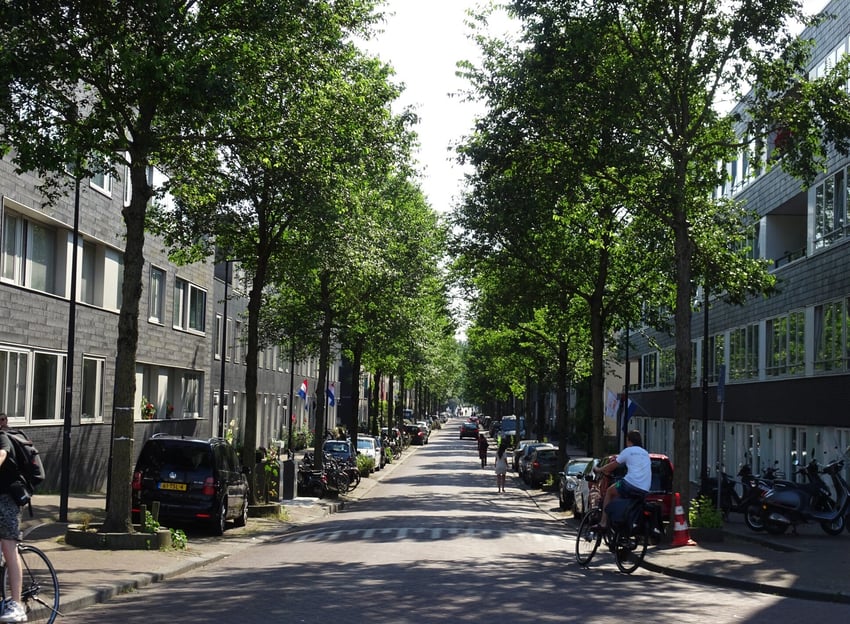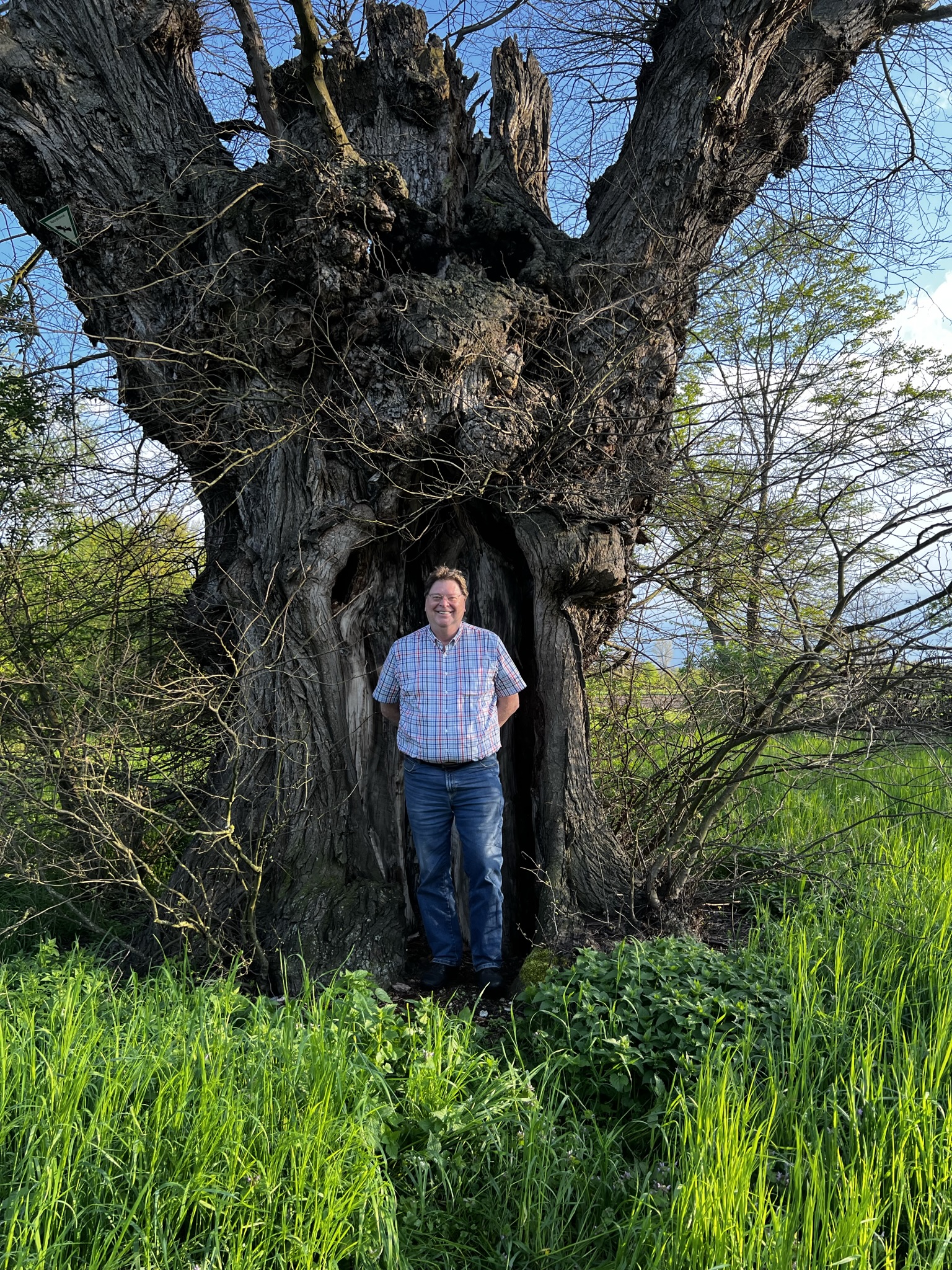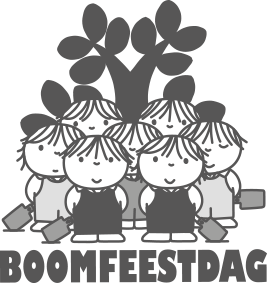Tree in the spotlight: Ulmus

Perhaps one of the toughest trees is the elm (or ulmus). Its vigour, toughness and variety of shapes offer countless possibilities for use in cities, villages and landscapes. There is a suitable elm for every location. Unfortunately, two elm disease waves in the 1920s and 1970s ruined the image of the once steadfast elm. Fortunately, some Dutch scientists began a long quest of selection and resistance breeding as early as 1930. The result is that now we have a wide range of resistant elm varieties. These offer new opportunities. Even in regions where Dutch elm disease is not actively combated.
The elm is actually a very ordinary tree. It does not excel in flower or fruit, in colour or shape, but it does excel in its applicability! It is a tree that can handle extremes very well, which makes it so suitable for the future. The elm is best recognised by its crooked (asymmetrical) leaf bases. Furthermore, especially in young trees, we often see a characteristic herringbone branching in the one- and two-year-old shoots. And of course in May there are the falling elm seeds, wrapped in round to heart-shaped wings.
The many uses of elms
Since ancient times, the elm has been a faithful partner of man. In ancient times elm foliage was used as cattle feed. Fresh during the summer, but also cut shoots were dried with leaves and all and stored as winter fodder. The Romans used the cultivar ‘Atinia’ in their viticulture as a living support for grapes. In Italy, this technique persisted until the 1940s, when Dutch elm disease had also crossed the Alps. In London in the 18th century, the first underground water supply system was built using hollowed-out elm trunks, as elm wood is imperishable under water. This property also made the tough elm wood suitable for shipbuilding and lock construction. Elm wood is susceptible to woodworm, but moving parts are not affected. As a result, elm wood found its way into mill construction, wagon wheels and later into car bodywork. The beautifully flamed wood was favoured for the art of wood inlay by furniture makers, who used it to veneer expensive showpieces. Therefore, it’s not surprising that farmers near the Dutch coast planted ‘Belgica’ elms in their yards. The trees provided wind protection and after 40 years the thick elms brought in a lot of money when sold.
Elm disease under control
Despite its many positive attributes, the elm came into disrepute because of Dutch elm disease. The cause of this deadly disease is a fungus native to Asia that was imported into Europe (and America) by humans. Our native elms were suddenly faced with a fungus against which they had no defense. The first fungus importation took place around 1920, but a second even more harmful fungus was imported via America in 1970. Millions of elms fell ill and disappeared from the landscape and from towns and villages, which naturally gave the elm a bad name.
From 1920 onwards, much was invested in selecting and crossing elms to breed increasingly resistant varieties. WUR took the lead in this, but foreign institutes followed. It was especially the ‘New Horizon’ elm that managed to restore confidence in our typically Dutch tree species, by combining high-resistance with propagation on its own roots, which also prevents failure due to incompatibility.
Resistant elm on its own root: the tree of the future
With the advent of root-resistant high-resistant varieties, newly planted elms can no longer be eliminated by Dutch elm disease or delayed incompatibility. In addition, the root-resistant Resista-® elms Ulmus ‘New Horizon’, ‘Rebona’ and ‘Fiorente’ excel in hot spots in the city. Measurements show that their shade significantly reduces temperatures in the notorious heat islands just a few years after planting. In short, plant an elm and save air conditioners! Besides the Resista® elms, the choice of resistant varieties has grown considerably in recent years, including Ulmus ‘Columella’, ‘Dodoens’, ‘Plantijn’, ‘San Zanobi’ and others. All different varieties with diverse growth forms and wide application; a candy shop for landscape designers.












